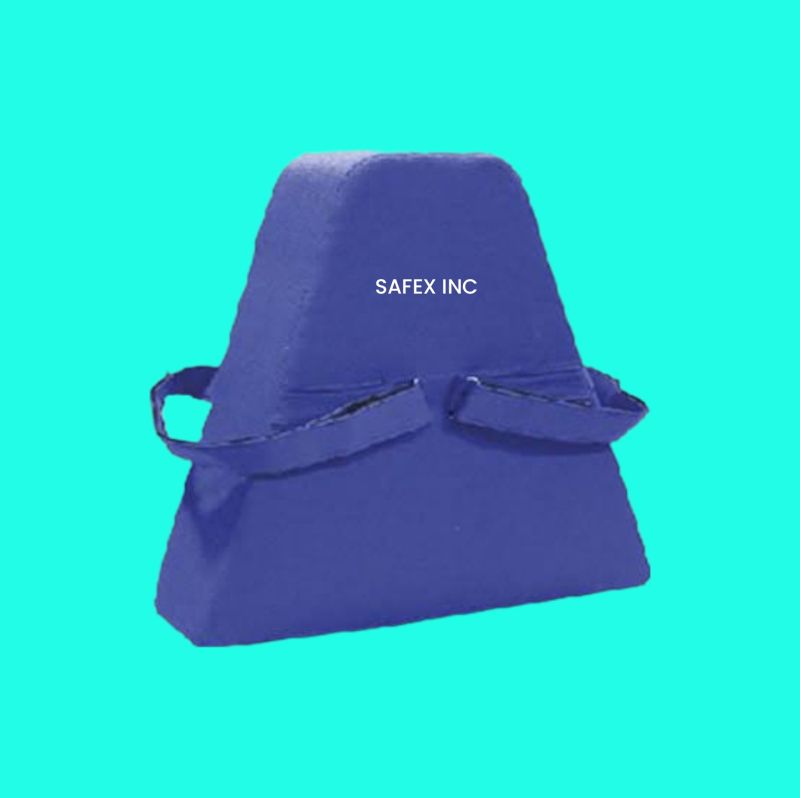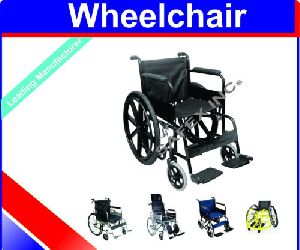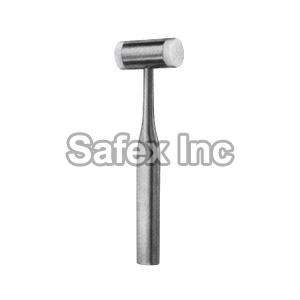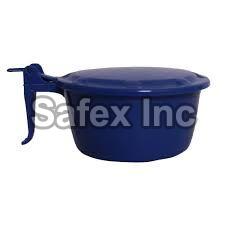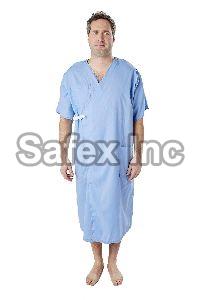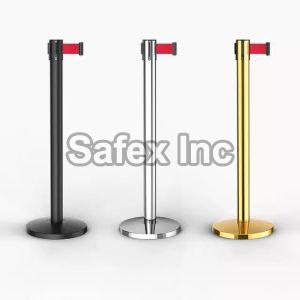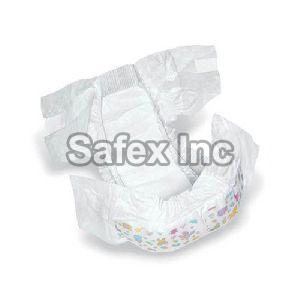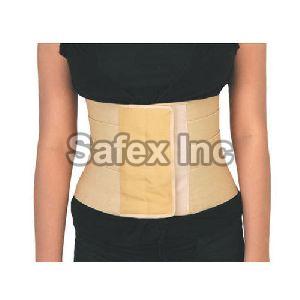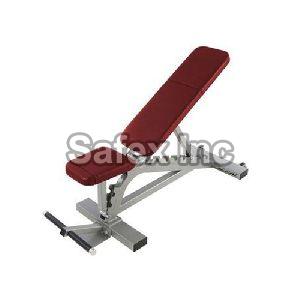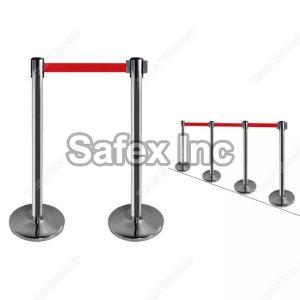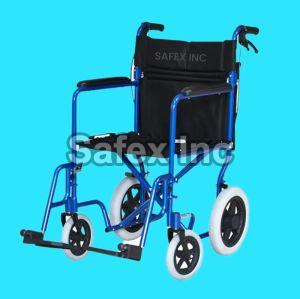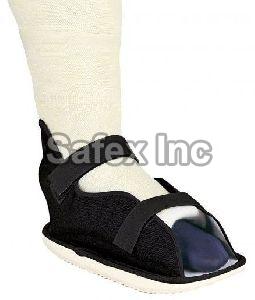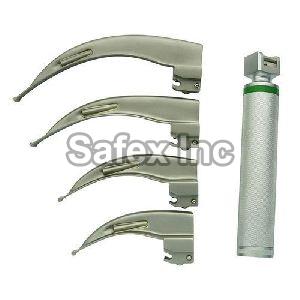Roshanara Road, Delhi
- GST NO. : 07AABFZ1852E1ZA
50 Piece (MOQ)
Buy Now| Business Type | Manufacturer, Exporter, Supplier, Retailer, Wholesaler |
| Color | Blue, Orange, Pink |
| Condition | New |
| Application | Clinical, Hospital |
| Click to view more | |
Preferred Buyer From
| Location | Worldwide |
Product Details
Rehabilitation aids refer to a wide range of devices and equipment designed to assist individuals in recovering from illness, injury, or surgery. These aids are commonly used in rehabilitation settings, including physical therapy clinics, hospitals, and home environments. The goal is to help individuals regain or improve their physical function, mobility, and independence. Here are some common types of rehabilitation aids:
Walking Aids:
- Canes: Provide additional support and stability while walking. Canes come in various styles, including standard, quad, and forearm canes.
- Crutches: Assist individuals with balance and weight-bearing during walking. There are various types, such as axillary (underarm) crutches and forearm crutches.
- Walkers: Provide more significant support and stability than canes. Walkers may have wheels or glides and come in different designs, including standard and rollators.
Wheelchairs:
- Manual Wheelchairs: Propelled by the user or an attendant pushing from behind.
- Power Wheelchairs: Electrically powered for individuals with limited mobility or strength.
Transfer Aids:
- Transfer Boards: Assist with moving individuals between surfaces, such as from a bed to a wheelchair.
- Transfer Benches: Used in bathrooms to help individuals get in and out of bathtubs or showers safely.
Orthopedic Supports:
- Braces and Splints: Provide support and immobilization for injured joints or limbs.
- Compression Garments: Aid in managing swelling and promoting circulation.
Rehabilitation Exercise Equipment:
- Resistance Bands: Used for strength training and flexibility exercises.
- Therabands: Elastic bands with varying resistance levels for muscle strengthening.
- Exercise Balls: Support various exercises to improve balance, stability, and core strength.
Daily Living Aids:
- Adaptive Utensils: Designed for individuals with limited dexterity or grip strength.
- Reacher Grabbers: Assist in reaching objects in high or low places.
- Sock Aids and Shoehorns: Facilitate putting on socks and shoes independently.
Assistive Devices for Activities of Daily Living (ADL):
- Dressing Aids: Tools to assist with putting on and taking off clothing.
- Bathing Aids: Tools and accessories to aid in bathing and personal hygiene.
Communication Aids:
- Communication Boards: Assist individuals with speech or communication difficulties.
- Augmentative and Alternative Communication (AAC) Devices: Electronic devices that help individuals express themselves.
Adaptive Seating:
- Specialized Chairs: Designed for comfort and postural support, including options like recliners and pressure-relief cushions.
Prosthetics and Orthotics:
- Prosthetic Limbs: Artificial limbs designed to replace missing body parts.
- Orthotic Devices: Supportive devices, such as braces or insoles, to improve biomechanics and address musculoskeletal issues.
Rehabilitation aids are prescribed or recommended by healthcare professionals based on individual needs and conditions. The selection of appropriate aids depends on factors such as the type and severity of the condition, the individual's level of mobility, and therapeutic goals. Additionally, rehabilitation programs often involve the guidance and supervision of physical therapists or healthcare providers.
Looking for "Rehabilitation Aids" ?
Explore More Products

